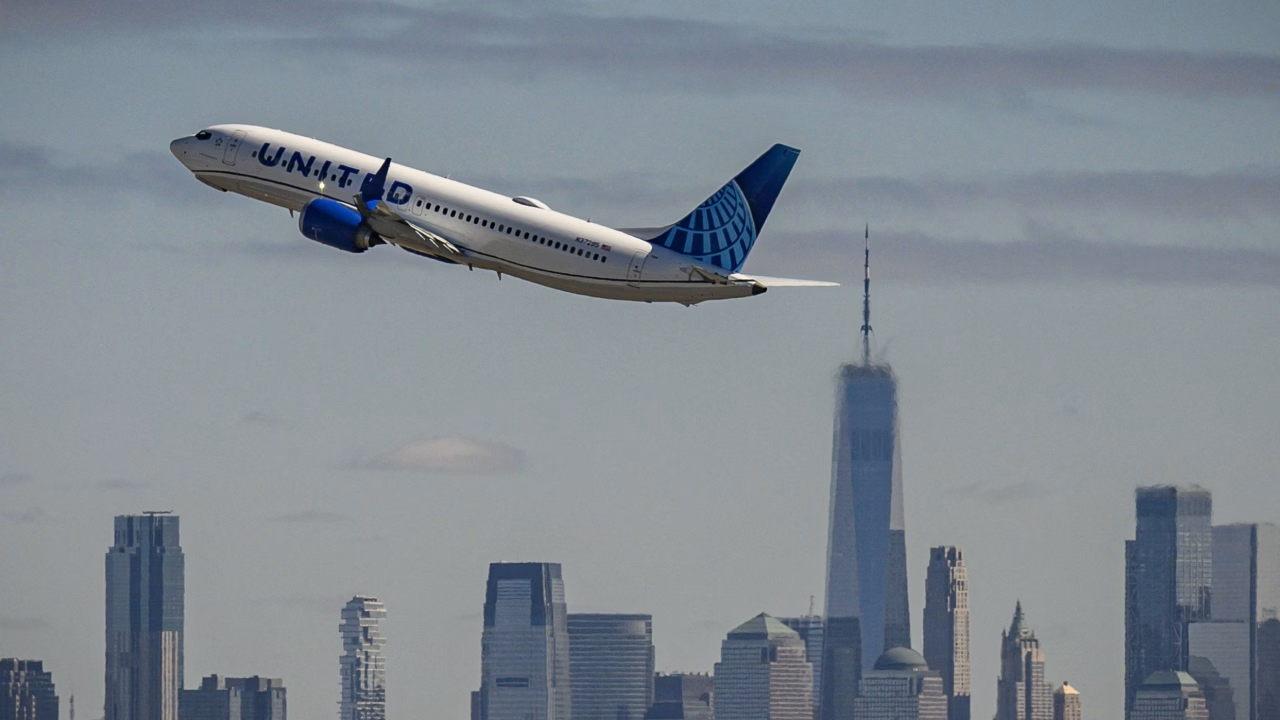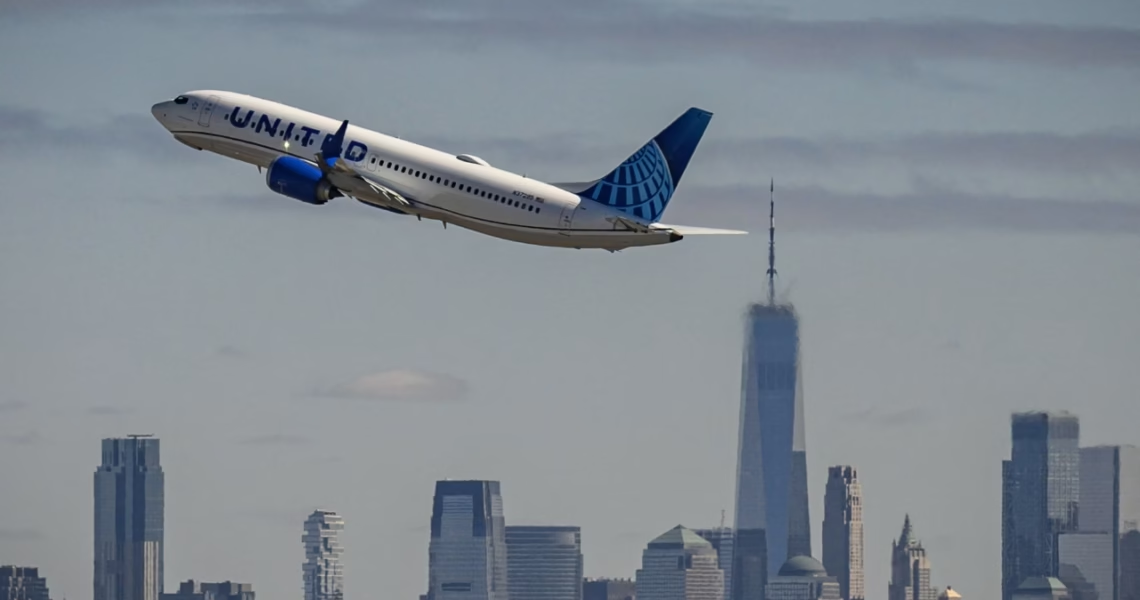United Cuts Newark Flights Over FAA Issues
United Airlines has announced a significant reduction in its flight schedule at Newark Liberty International Airport (EWR). Citing persistent issues impacting the Federal Aviation Administration (FAA), specifically related to air traffic control equipment and staffing levels, the airline stated it has become necessary to proactively cancel flights to manage operations effectively. This decision comes after a challenging week for travel through the busy New Jersey hub.

United Cuts Newark Flights Over Faa Issues
Daily Flights Canceled Starting This Weekend
According to a letter sent to customers by United CEO Scott Kirby, the airline will remove 35 roundtrip flights per day from its Newark schedule. These cancellations are set to begin this weekend. The move represents a direct response to the operational constraints the airline is facing due to external air traffic control limitations.
Specific FAA Challenges Cited
The decision to cut flights follows a period marked by numerous disruptions at Newark. Throughout the past week, flights operating through EWR experienced significant delays on three separate occasions. These delays were the result of a combination of issues, including ongoing runway construction at the airport itself, but were primarily attributed to problems within the air traffic control system.
A key factor identified was FAA equipment issues at the Philadelphia TRACON (Terminal Radar Approach Control) center. This facility plays a critical role in managing the complex airspace and guiding aircraft arrivals and departures for Newark Liberty International Airport, among others. Malfunctions or limitations in this equipment can directly lead to reduced air traffic flow and delays.
Chronic Staffing Shortages Exacerbate Problems
Compounding the equipment issues, the FAA has also been contending with air traffic controller staffing shortages. United CEO Scott Kirby highlighted this in his letter, stating that over 20% of the FAA controllers designated for EWR were absent from duty. Kirby further noted that this particular air traffic control facility has suffered from being chronically understaffed for years. Without the full complement of controllers, he stated, it has become clear—and the FAA has reportedly confirmed—that Newark Airport cannot efficiently handle the current volume of scheduled flights in the coming weeks and months.
Compounding Factors at EWR
The operational strain at Newark is a result of multiple issues converging. The FAA itself acknowledged that it is slowing air traffic at EWR not only due to the staffing problems at Philadelphia TRACON but also because of ongoing runway construction at Newark Liberty. This combination of reduced airspace management capacity due to personnel and equipment issues, overlaid with limitations on the ground due to construction, creates a bottleneck that exceeds the airport’s current operational capacity.
Expert Opinion on Ongoing Issues
Aviation experts echo concerns that these problems are not temporary and are likely to worsen. According to aviation expert JP Tristani, there are currently no signs that the underlying issues will ease. Tristani warned that the ongoing problems are “going to get worse as the summer season progresses,” a period when travel naturally increases with a higher volume of tourists and flights attempting to utilize major airports like Newark.
Government Response Plans
The challenges at key aviation hubs like Newark have caught the attention of federal officials. United CEO Scott Kirby confirmed he discussed the persistent issues with U.S. Transportation Secretary Sean Duffy on Friday. Secretary Duffy had previously addressed the broader issue of air traffic controller shortages on Thursday, outlining the FAA’s plans to offer financial incentives aimed at addressing the current shortage of approximately 3,000 controllers. Duffy stated the goal is to “supercharge” the agency’s workforce and indicated that further announcements are expected regarding investments in new air traffic control infrastructure.
Broader System Capacity Issues
The situation at Newark highlights a broader challenge facing the U.S. air travel system: the capacity of the air traffic control system to manage the volume of flights scheduled by airlines. While airlines aim to meet passenger demand by operating numerous flights, the ability of the FAA’s infrastructure and workforce to handle that traffic safely and efficiently can become a limiting factor, especially when equipment issues, staffing gaps, or infrastructure projects like runway construction are present.
The actions taken by United at Newark reflect the operational realities airlines face when the capacity of the air traffic management system falls short of the scheduled demand. The hope is that planned government investments and staffing initiatives can alleviate these pressures in the long term.






